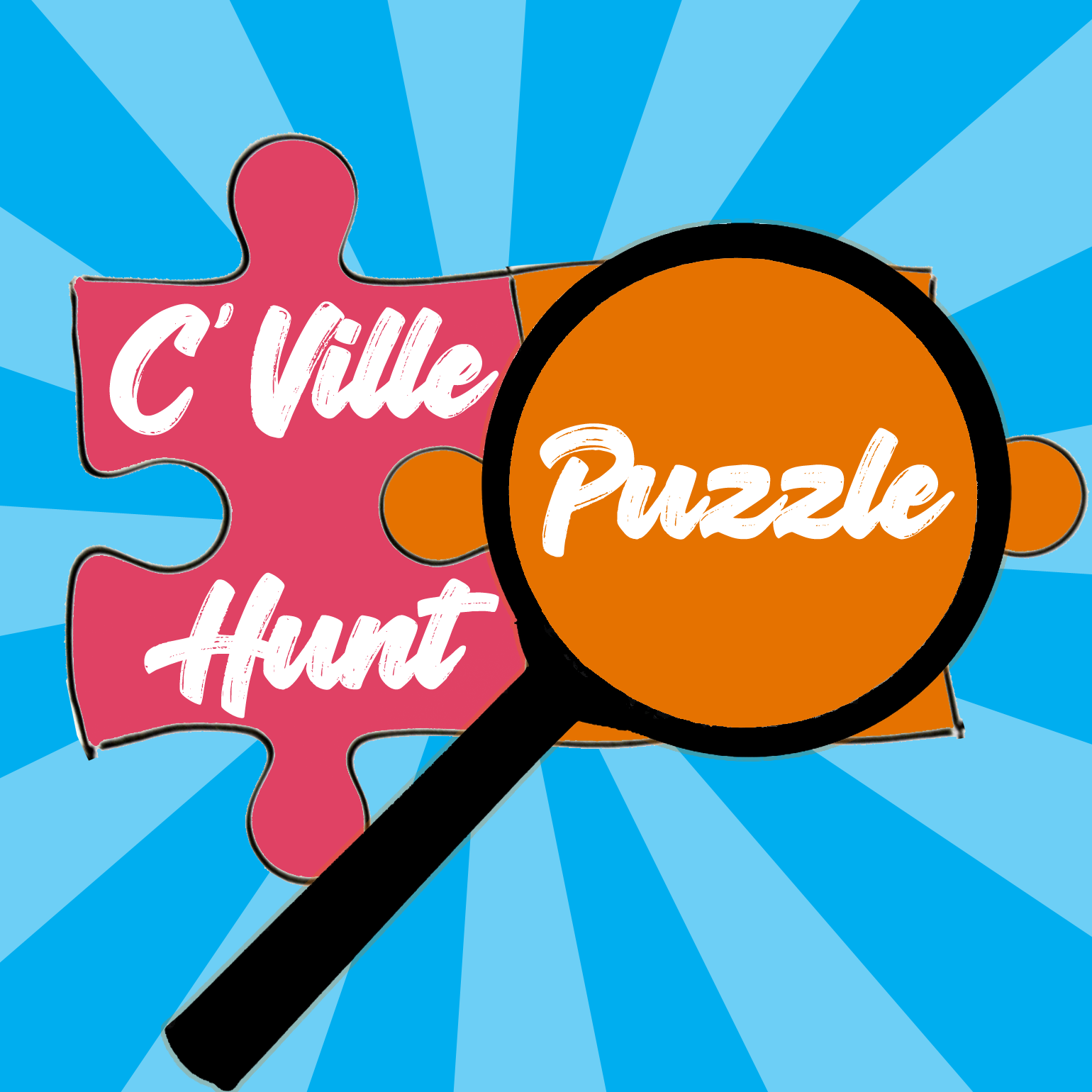About the 2025 Puzzles
The Culper Spy Ring
The Culper Spy Ring was a crucial intelligence network during the American Revolutionary War, playing a pivotal role in securing American independence. Formed in 1778, the ring was organized by George Washington and operated primarily in British-occupied New York City and its surrounding areas. The network’s primary task was to gather and relay vital information on British troop movements, strategies, and plans.
The ring was composed of a small group of civilian and military spies who used covert methods, including coded messages, invisible ink, and dead drops, to communicate sensitive information. Among its members was the ring's leader, Abraham Woodhull, a farmer from Setauket, Long Island, who worked under the alias "Samuel Culper." His partner, Major Benjamin Tallmadge, served as the chief intelligence officer for Washington’s army and coordinated the spy activities.
The Culper Spy Ring's most notable success came in the summer of 1780 when they uncovered British plans to capture West Point, an American stronghold. Their timely warning allowed Washington to thwart the plot, an act that is widely regarded as one of the most important intelligence victories of the war.
The ring’s network of spies also included women, such as Anna Strong, who used laundry to signal the locations of dropped messages. Despite facing great risks, the ring operated with remarkable efficiency, often outsmarting British forces.
The Culper Spy Ring was instrumental in providing Washington with the intelligence needed to make strategic decisions. Without their efforts, the outcome of the Revolutionary War might have been very different. Their work remains one of the earliest examples of successful espionage in American history.
Patrick Henry
Patrick Henry was a prominent American lawyer, orator, and political leader during the colonial era. He is best known for his fervent advocacy for independence from Britain and his role in the early stages of the American Revolution. Henry was a leading figure in Virginia politics and was deeply opposed to British rule, which led him to challenge the policies of the Crown through speeches and actions.
At the Second Virginia Convention in 1775, Henry was present as a delegate representing his home colony of Virginia. The convention was called in response to rising tensions between the colonies and Britain, with many colonies pushing for independence. Henry delivered his famous "Give me liberty, or give me death!" speech at this gathering, urging Virginians to take up arms in defense of their rights and liberties. His speech was a call to action, rallying those present to the cause of independence.
The "liberty or death" speech is considered one of the most important speeches in American history because it encapsulated the growing resolve among colonists to fight for freedom, no matter the cost. Henry's passionate words helped galvanize the revolutionary spirit in Virginia, contributing to the movement toward declaring independence from Britain. His speech is remembered as a powerful declaration of resistance against tyranny and a pivotal moment in the lead-up to the Revolutionary War.
The Virginia Gazette
The Virginia Gazette was the official newspaper of Virginia, printed in Williamsburg from 1736 until 1780. It is likely that many Virginians who led the American Revolution were regular readers of the Virginia Gazette. The Gazette tended not to cover too much local news. Williamsburg was a small town and local news traveled fast through the streets. Instead the news section of the Gazette focused on important news from Europe and the Caribbean.
Outside of the news section, Virginia Gazette also published advertisements, essays, and poems from local authors. Its advertisements document the minutiae of everyday life in early Virginia like few other sources.
A subscription to the Virginia Gazette was not something that every Virginian could afford. A year’s subscription cost roughly a week’s wage for an unskilled laborer, about twelve shillings and six pence. While subscription records did not survive, most historians believe that there were close to 1,000 copies of the Gazette in circulation at any one time. These copies had a tendency to float around town. When one family finished their copy, they would often share it with another family. And if you didn’t subscribe to the Gazette, you could usually find a copy in a local coffee house or tavern.
Jack Jouett’s Ride
Jack Jouette's famous ride is one of the most daring and crucial moments in American Revolutionary history. In the summer of 1781, during the American Revolution, the British had laid siege to the southern colonies, and General Cornwallis was stationed in Yorktown, Virginia, with plans to defeat the American forces.
As Cornwallis prepared for an attack, the Continental Army, led by General George Washington and French forces under Marquis de Lafayette, were closing in on the British position. However, the British were unaware that the Americans were planning a siege. To ensure the safety of the American forces, a crucial message needed to be delivered to the Virginia Legislature in Charlottesville to warn them of the British advance and prepare them to flee.
On the night of June 3, 1781, Jack Jouette, a young Virginia militiaman, volunteered to carry this urgent message. Despite the threat of being captured by the British who were actively patrolling the roads, Jouette made the perilous journey through 40 miles of dangerous terrain, traveling alone on horseback. He rode through the night and into the early morning hours, evading capture. Jouette reached Charlottesville in time to warn Governor Thomas Jefferson and other legislators, allowing them to escape and ultimately ensuring the Virginia government's safety.
Though not as widely known as some other figures in the Revolution, Jack Jouette’s ride was crucial in the chain of events that led to American victory. His courage, much like the greater struggle for independence, often remained unsung, but his contribution was vital in securing the future of the United States.




